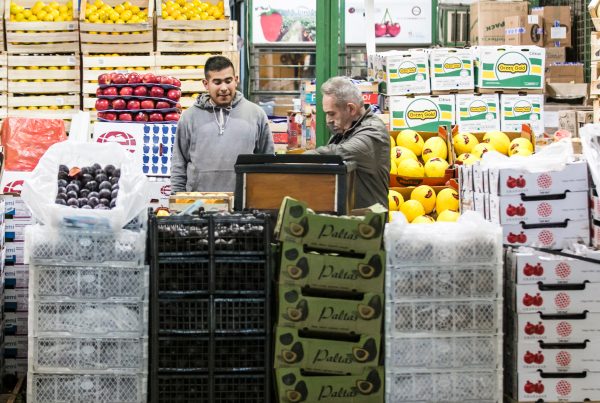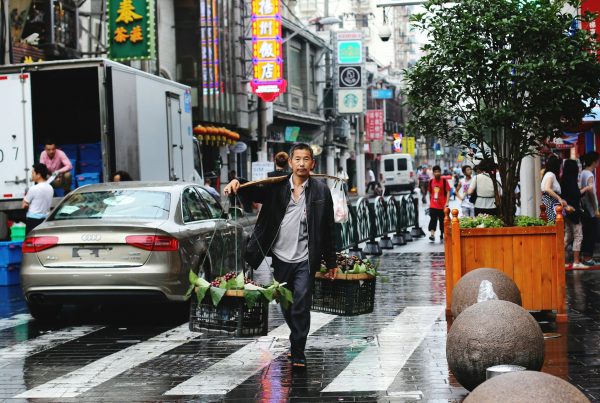Newsletter 146 – 01.11.2023
Climate change is a fact that we are suffering daily. To the situations that directly affect us, such as heat or cold blows, the side effects are added, of which we just become aware with the passage of time. Fruit crops are one of the victims of climate change, which is already affecting all regions of the country. Extreme events, such as frosts, hail, heat waves; that previously happened every so often; are now a constant. Therefore, if a few years ago it was not necessary to acquire technologies to minimize damage, it currently becomes imperative to make investments to ensure adequate production every year. Such is the case of anti-hail nets, frost control or supplementary irrigation. Other factors change gradually , giving some time to face them. This is the case of the increase in temperatures, the insufficient accumulation of cold hours or the decrease in rains. Also in these cases it is necessary to prevent them and make the necessary adaptations. Currently, fruit production is sustainable and can offer quality fruit every year and in quantity it is necessary to make a large technological investment.
Apple and Pears
The Rio Negro Valley is one of the regions that is suffering under climate change the most. In this region there were always extreme climatic events (late frosts, hail), but these happened occasionally. But, in recent years, their recurrence increased more and more. It is difficult to remember a season without losses for frost, hail, heat or storms. In the case of late frosts, these occur with great intensity and on erratic dates. Another fact that brings great headaches are hailstroms. There were always them, but now they occur more frequently and Also the heat waves and Sun damage in Summer, add the necesity of protectors, coverage, etc. to ry to mitigate itsincidence. But more and more, especially in the standard quality, sun damage occurs. Therefore, today the recommended technological package for plantations includes frost control, anti-hail mesh and coverage.
This season was initially favorable, thanks to the cold winter. A good harvest was expected in terms of quantity, size and health. But then, there were frosts that lasted throughout the spring . Especially the last one, from October 30 and November 1, surprised the producers outside the usual period. Another fact was the hail, common in January, February and March. This year the first hail was in mid-November, affecting the central area of the Valley. Added to all this in recent days was a strong heat wave in northern Patagonia, breaking several temperature records. Therefore, many producers suffered strong losses. Producers who did not suffer hail and were able to protect themselves from frost expect an average harvest, with good fruit size and adequate health. The season will start early. The ripeness of the fruit is well advanced and the recent hot days have surely accelerated the process even more.
Stone Fruit
It was one of the fruits most affected by the unstable weather, since in practically all the producing regions there was an event that caused strong losses. In the San Pedro region, north of the Buenos Aires province, the drought had disastrous effects. The harvest was one of the lowest in recent years. In Mendoza, it was the late frosts at the end of October and beginning of November that decimated production. In the Rio Negro Valley it was frost and hail. Therefore this year stone fruits are scarce. Currently, in the middle of summer, at which time the peach floods the Argentine market, very few are seen and it is one of the most expensive fruits.
Citrus Fruit
In this case, too, the historical drought suffered by the center and north of the country is affecting. There are regions especially affected, such as the Littoral. In Corrientes, a lemon-producing province, the harvest is so poor that he had to go out to buy lemon in Tucumán. This province has already suffered another effect of climate change when several fruit fields burned, during the large fires that broke out in January 2022. Misiones also registered a lower harvest, which affected the market last year due to a lower supply of early mandarins, as well as late ones.
A forecast for the next citrus harvest cannot yet be made. But in the northwest of the country, Tucuman, Salta, and Jujuy, spring and early summer were one of the driest in recent years. Many establishments have complementary irrigation, but this is never enough to completely compensate the rains. For the second half of summer, a normalization of the rainfall regime is expected in the northwestern region, which would favor lemons from Tucuman and oranges and grapefruit from Salta and Jujuy. Meanwhile, forecasts for the northeast of the country indicate that for now the drought will continue. Therefore, losses are expected for oranges and mandarins from the Littoral.







